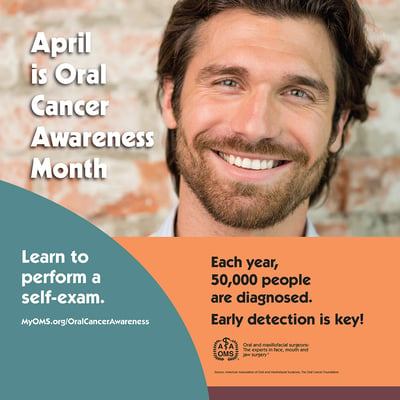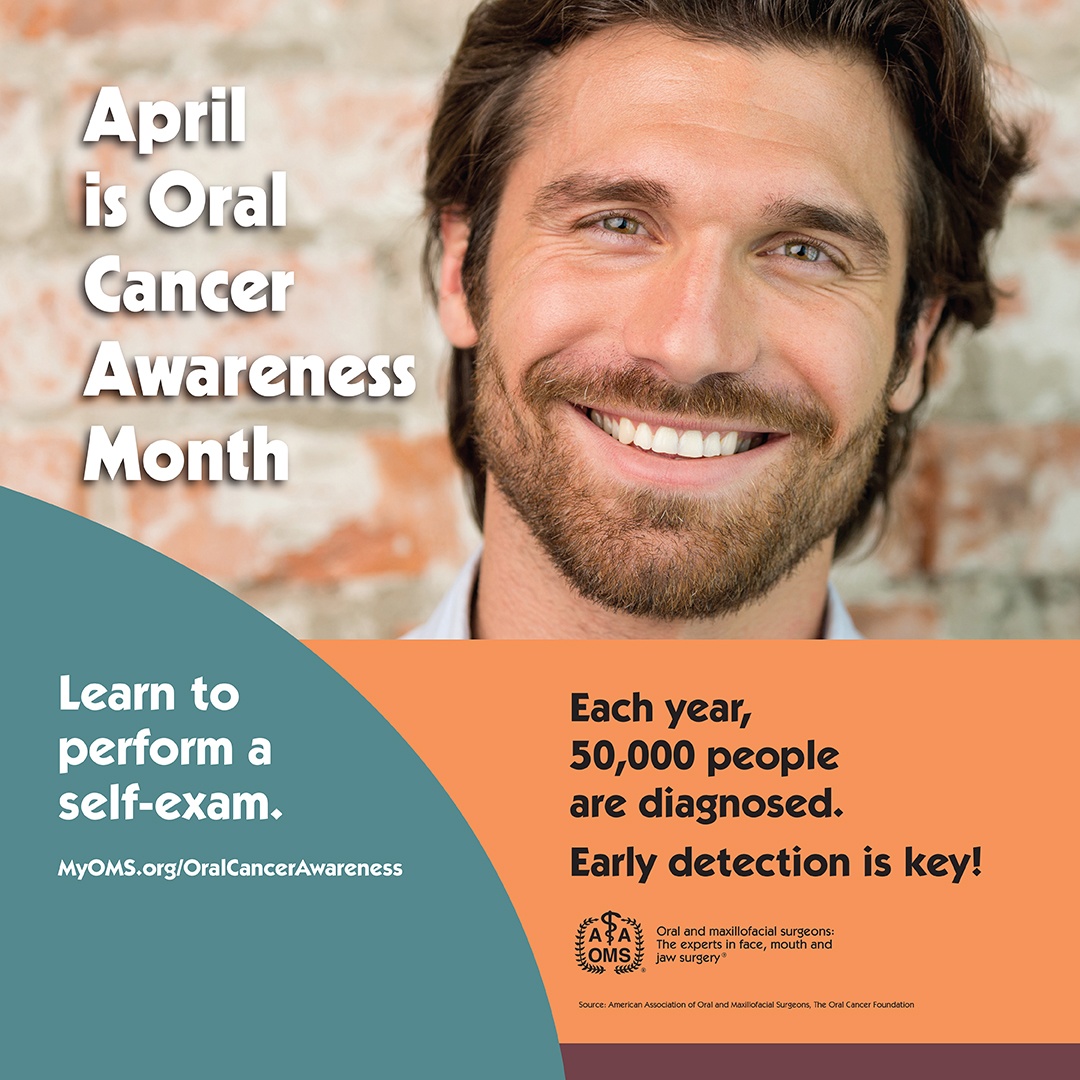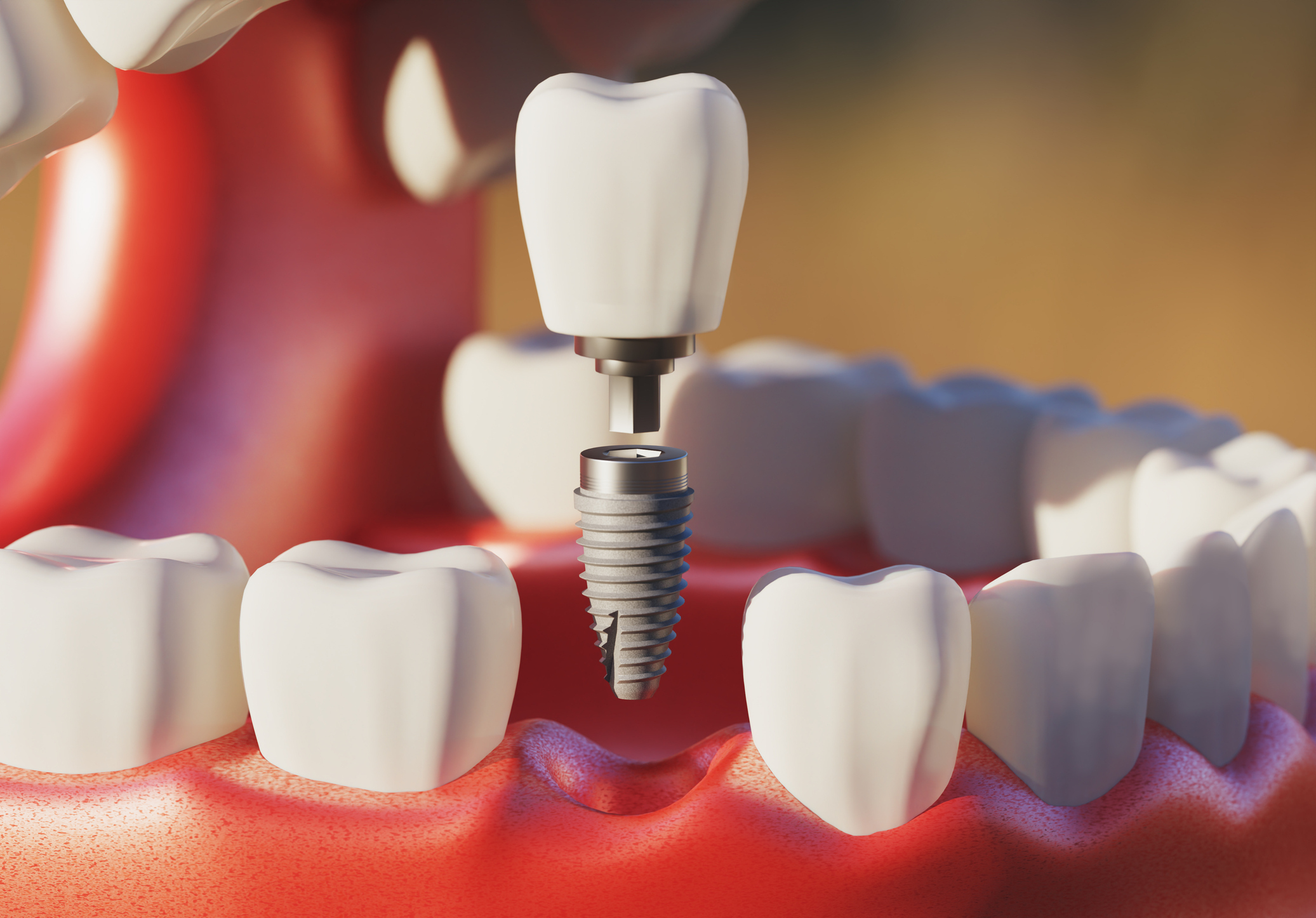 It's estimated that nearly 50,000 Americans will be diagnosed with oral cancer, or cancer of the throat or mouth, within the year. Of these 50,000 diagnoses, only slightly more than half will still be living five years from now — a statistic that hasn't significantly improved within the past decade.
It's estimated that nearly 50,000 Americans will be diagnosed with oral cancer, or cancer of the throat or mouth, within the year. Of these 50,000 diagnoses, only slightly more than half will still be living five years from now — a statistic that hasn't significantly improved within the past decade.
While oral cancer doesn't get the attention that many other cancers do, it's one of the most dangerous cancers — largely due to the fact that it's often diagnosed too late for treatment to be fully effective. In fact, oral cancers kill one person about every hour, every day. That's about 9,000 people a year.
Because April is Oral Cancer Awareness Month, now is as good a time as ever to discuss the importance of getting screened for oral cancer on a regular basis. But at the same time, we shouldn't need a special awareness month to remind us how important it is to do so. Here's a closer look:
The Importance of Oral Cancer Screenings
Why should you make oral cancer screenings a priority? Here are four reasons:
- Early detection is crucial to beating it: The statistics speak for themselves. Only a little more than half of oral cancer patients will survive beyond five years after diagnosis. That's an alarming statistic. Even those who beat cancer and live beyond five years are likely to do so with problems caused by the treatment. We can't overemphasize the importance of regular oral cancer screenings.
- You could be at heightened risk: Like most diseases, there are many factors that can put people at a greater risk of being diagnosed with oral cancer. The greatest risk factor is tobacco use. Other risk factors include heavy alcohol consumption, HPV infection and routine mouth exposure to sunlight. Age and gender are also factors, as the median age for oral cancer diagnosis is 62; it’s about twice as common for men to be diagnosed compared to women.
- It's fairly easy to get screened: Oral cancer screenings are routinely done by dentists when they see patients for teeth cleanings — that’s another reason why it's important to see the dentist at least once every six months. However, you can also conduct an oral cancer self-test at home in front of your mirror. When checking your own mouth, be on the lookout for red or white patches, sores that aren't healing or abnormal bumps. Be sure to take note of prolonged sore throats or trouble swallowing.
- The mortality rate has not improved: As previously mentioned, only a little more than half of all patients diagnosed with oral cancer will live beyond five years. Despite more resources being put toward oral-cancer awareness, this statistic has not improved over the last decade because it's still being detected too late. Noting this, it's important for people to be proactive and take matters into their own hands when it comes to getting tested for this dangerous cancer.
April is Oral Cancer Awareness Month, so it's a great time to get screened if you've never been tested before or if it's been a while since your last checkup. Contact us today to schedule an appointment, or visit our website for more information. Check out this Self-Exam Guide to ensure you know what to look for in the meantime - early detection is key!







